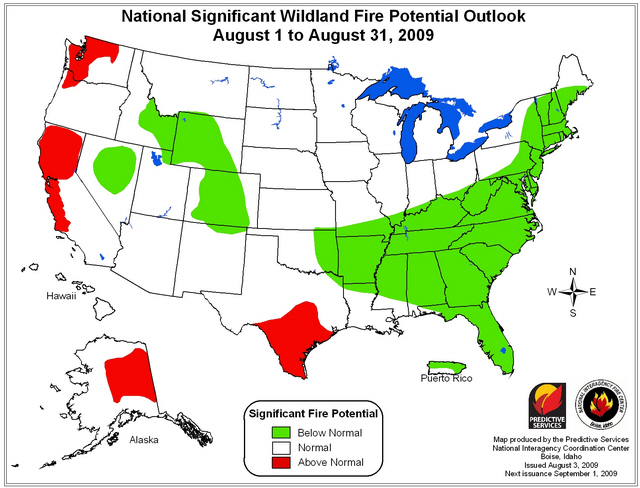Wildland firefighters sometimes get obsessive about one-third of the Fire Behavior Triangle. When you arrive at a wildland fire, you can assess the topography and the fuel, and what you see will not change a great deal in the near future.
But weather is dynamic and can change in the blink of an eye. Skilled wildland firefighters become skilled at predicting how the weather will affect their fire in the near term.
The size-up of a fire begins before you arrive at the scene. Part of size-up is monitoring the weather conditions and forecasts.
Where do you get your weather information on the Internet?
Dick suggested that we collect information from our loyal readers about great sources of weather data and forecasts. Let us know in a comment what your favorite sources are.
To make it easier for others to go to your recommended sites, and if you feel like making them an actual clickable link, use the format below for the link. Use it exactly as below, but replace Name Of Link with the informal (but short) name of the site or data. And replace WebAddress with, yes, the web address or URL, such as http://www.weathersite.com Leave the quotation marks in place, just replace what’s between them.
<a href=”WebAddress”>Name Of Link</a>
But if you don’t feel like attempting to make the link, no problem, I’ll edit the comments to make them into clickable links.
And please include a short description of what is at the link.
I’ll start with a few of my favorite weather links.
- Remote Automatic Weather Stations A map showing locations of RAWS stations. Western Regional Climate Center
- RAWS data displayed on a map Meso West
- Weather forecast with graphs of forecasted variables. You will need to search near the top of the page for your city and state for which you want the forecast. Then, at lower right, click on the map to fine-tune the location. Then, below the map, click on “Hourly Weather Graph”.
- Sunrise & Sunset calculator, US Naval Observatory
- Climate Prediction Center Dick pointed this out the other day HERE. This is a great site with multiple types of medium and long-range forecasts
OK, that’s just a start. What are YOUR favorite weather sites?







